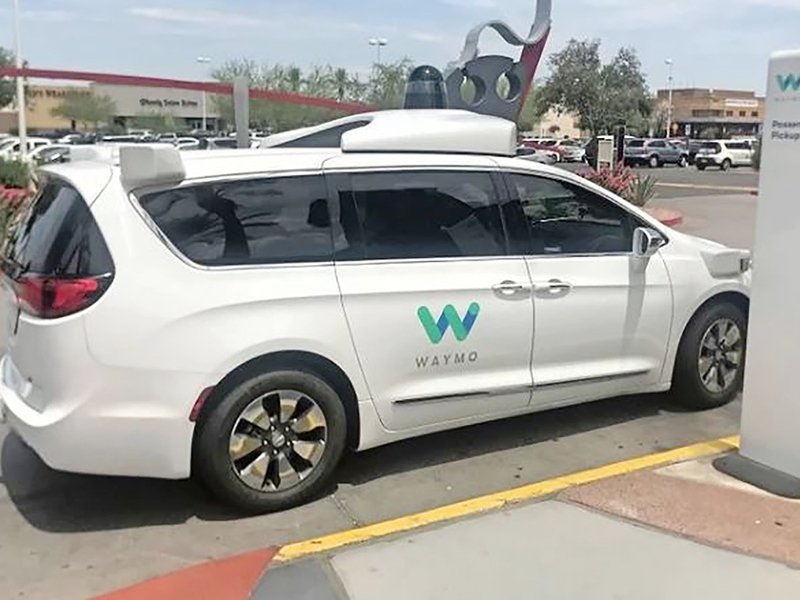
Amid a fresh push to commercialize its self-driving technology, Waymo has found its senior executive team in flux.
CFO Ger Dwyer and Chief Automotive Officer Adam Frost said last week they intended to leave the company by the end of May. They’re the latest of a half-dozen longtime executives who have left or announced their departures over the past three months.
Frost joined Waymo’s predecessor, Google’s self-driving car project, in 2006 after 13 years at Ford Motor Co. and held a variety of roles, the latest of which included overseeing Waymo’s projects with automakers, among them Stellantis, Volvo Car Group and Jaguar Land Rover.
Dwyer was a key figure in helping the company close a $3.25 billion funding round last year, the first external investments in Waymo’s history. Both cited personal reasons for departing, according to a company spokesperson. The website TechCrunch first reported their departures.
“We’re grateful to Ger and Adam for all they’ve done for Waymo and wish them all the best,” the spokesperson said in a written statement. “An executive search is underway for a new CFO to lead us into our next chapter as we continue to build, deploy and commercialize the Waymo Driver.”
Waymo Driver is the name of the company’s self-driving system.
Their departures follow the exit of former CEO John Krafcik, who left after six years on April 2. Other recent departures:
- Vijaysai Patnaik, who had led the company’s burgeoning self-driving truck technology, departed to lead product at Applied Intuition.
- Sherry House, treasurer and head of investor relations, left this month to become CFO at Lucid Motors.
- Tim Willis, who had been chief manufacturing and global supply officer and led the company’s Laser Bear lidar efforts, decamped for lidar tech company Aeva.
Waymo’s commercialization efforts will likely include service in San Francisco. Waymo has tested in the city for years, and in January it applied for a permit to charge for rides. Cruise, the rival backed by General Motors, filed an application for the permit in March. Both were disclosed last week.
A new CFO would lead any potential efforts to take Waymo public. The company has disclosed no such plans. But over the past year, more than two dozen auto technologycompanies have gone public by both traditional initial public offerings and via special-purpose acquisition companies.
Whenever it looks to raise additional funds, going public would be an intriguing and enticing option. Most experts consider Waymo the front-runner in the global effort to develop and deploy self-driving technology. Indeed, Waymo ranks first on Guidehouse Insights’ leaderboard, an assessment of strategy and execution for the top 15 companies in the autonomous vehicle realm, published in April.
The report cited Waymo’s ongoing driverless testing in Chandler, Ariz., which involves opening its ride-hailing service to the general public, as a milestone development. But it further noted that Waymo’s decision to take outside investment last year “is believed to be related to the recognition that broad deployment of AVs is not imminent and Alphabet [Waymo’s parent company] has been reining in spending.”
The timeline sentiment is echoed by former Waymo Chief Safety Officer Debbie Hersman, who left the company last year. Speaking about the broader industry while part of a panel discussion last week, she said, “I think it’s going to take much longer than we think to deploy fully self-driving AVs across our system.”
Leading the efforts to scale beyond metro Phoenix are Waymo’s new co-CEOs, Tekedra Mawakana and Dmitri Dolgov, who were appointed following Krafcik’s departure.
Waymo has embarked on “a super-ambitious path going forward,” Dolgov told Automotive News in April. “At the core is a focus on building the Waymo Driver and applying that technology across a number of business lines.”

